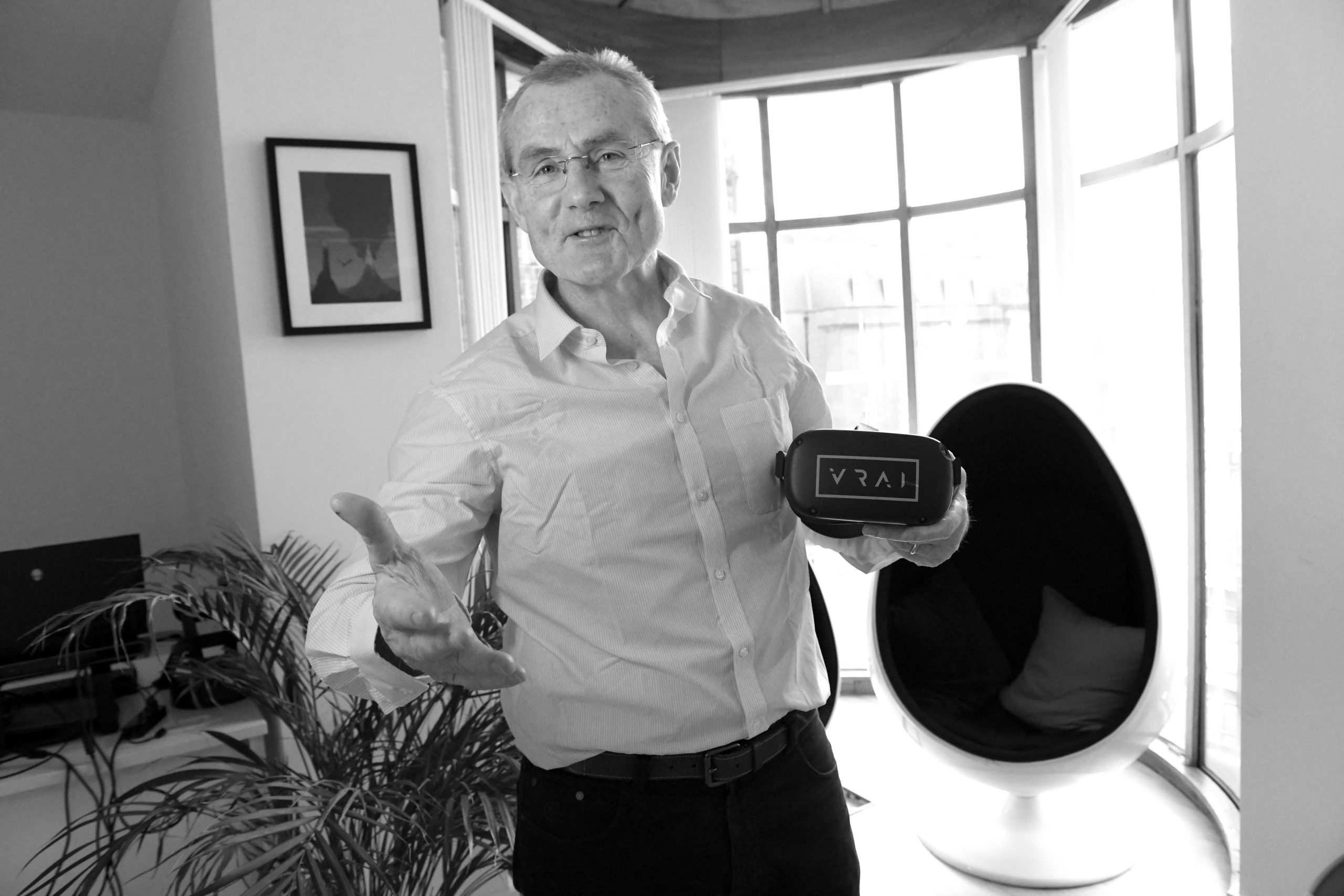Gabriel D’Arcy has not taken the normal path through Irish corporate life. Instead of an apprenticeship with a big-four accountancy or law firm, his was in Lebanon as a peacekeeper in the early 1980s. He joined the army straight out of secondary school, and served for 12 years. “The army was a great starting point”, says D’Arcy. “It inculcates certain values that stick with you for the rest of your life. “You understand the power of camaraderie, loyalty and dependability. And you learn how important it is for you to be dependable.” Whatever it is D’Arcy learned in the army, it…
Cancel at any time. Are you already a member? Log in here.
Want to read the full story?
Unlock this article – and everything else on The Currency – with an annual membership and receive a free Samsonite Upscape suitcase, retailing at €235, delivered to your door.

